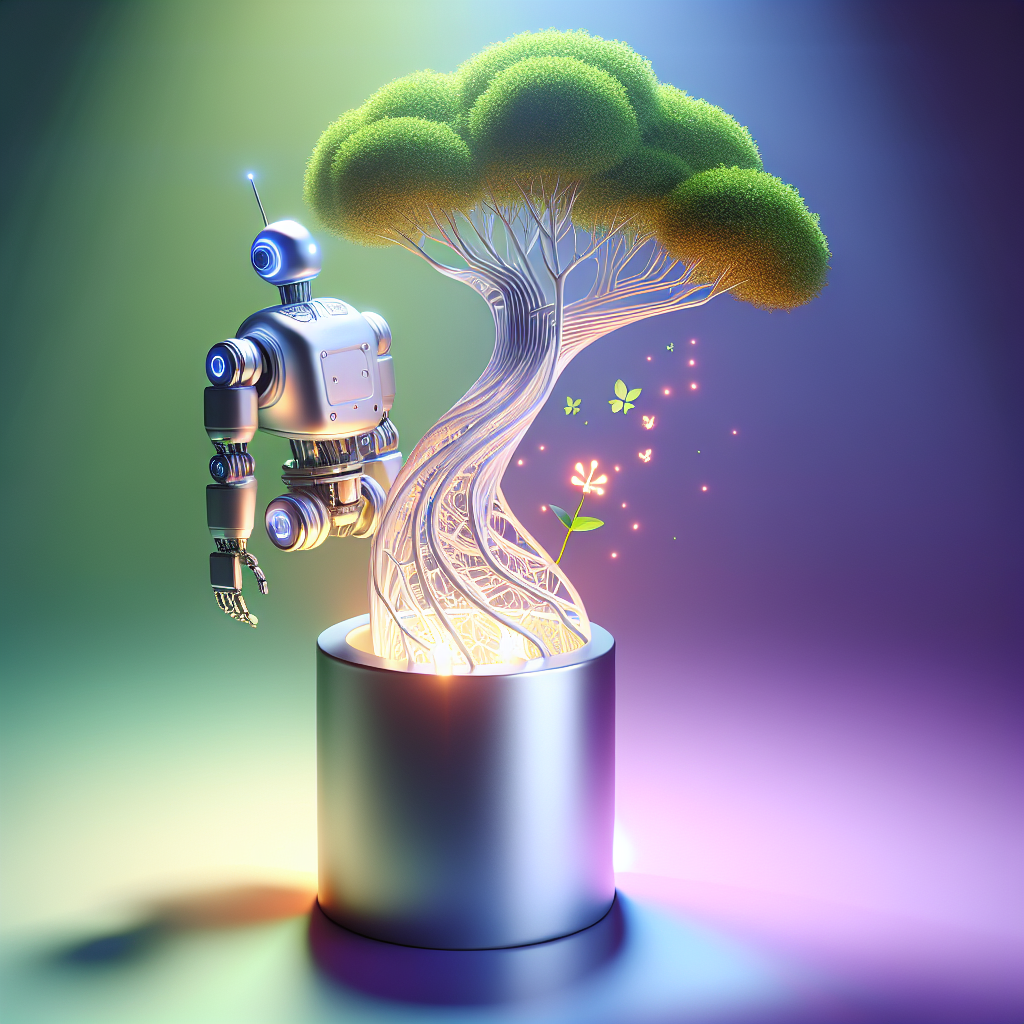January 23, 2025
AI for a Sustainable Future: How AI is Shaping Tomorrow’s Planet
Book a Demo
In today’s fast-paced digital world, the need for sustainability has never been more urgent. As industries evolve and the global population continues to grow, addressing the challenges of climate change, resource scarcity, and environmental degradation is essential. One promising solution to these pressing issues is Artificial Intelligence (AI). This blog explores how AI is helping drive sustainability and how organizations can leverage its potential for long-term environmental benefits.
The Role of AI in Sustainability
Artificial Intelligence is often linked to automation, data processing, and machine learning, but it’s quickly emerging as a key player in sustainability efforts. From optimizing energy consumption to improving resource management, AI is making waves across various sectors. Its capabilities are enhancing efficiency, reducing waste, and promoting eco-friendly practices. By harnessing AI, industries can accelerate the shift toward a more sustainable future.
AI in Renewable Energy
One of the most impactful applications of AI is in the renewable energy sector. As the world transitions away from fossil fuels, renewable energy sources like wind, solar, and hydropower are becoming vital. AI is enhancing the generation and distribution of renewable energy by improving forecasting for supply and demand.
Machine learning models can analyze vast amounts of data to predict weather patterns, boosting the performance of solar panels and wind turbines. By predicting when and where renewable energy will be abundant, AI ensures the efficient distribution of energy, reducing reliance on backup power sources and minimizing waste.
Smart Grids and Energy Efficiency
AI is also contributing to energy efficiency through smart grids. These intelligent systems are revolutionizing the way electricity is distributed and consumed. By analyzing real-time data, AI can adjust the flow of electricity, reducing energy losses and improving efficiency.
For businesses and consumers alike, AI-powered energy management systems can track usage patterns, identify inefficiencies, and recommend ways to reduce consumption. This not only leads to cost savings but also helps lower carbon footprints, supporting global sustainability efforts.
AI in Agriculture: Feeding the World Sustainably
As the global population grows, sustainable agriculture will be crucial for feeding the world while minimizing environmental impact. AI is helping farmers optimize crop yields, reduce waste, and use fewer pesticides and fertilizers.
AI-driven systems utilize sensors, drones, and satellite imagery to monitor crop health, soil moisture, and weather conditions in real time. This data enables farmers to make more informed decisions regarding irrigation, fertilization, and pest control, ensuring that resources are used efficiently. AI can also detect early signs of plant diseases or pest infestations, allowing farmers to take corrective measures before significant crop losses occur.
Reducing Waste and Promoting the Circular Economy
AI is playing a vital role in improving waste management and resource efficiency. AI-powered technologies help streamline waste sorting, recycling, and overall waste reduction. For example, computer vision systems can identify recyclable materials in waste streams, ensuring valuable resources are recovered and reused.
AI also supports the concept of a circular economy. By analyzing product life cycles, AI identifies opportunities to extend product life through refurbishment, repurposing, or recycling. This reduces waste and conserves valuable resources that would otherwise be discarded.
AI in Environmental Conservation
AI is also making significant contributions to environmental conservation. Machine learning models are being applied to analyze large datasets from satellites, drones, and sensors to track wildlife populations, monitor deforestation, and predict environmental threats. This information provides conservationists with crucial insights to protect endangered species and preserve ecosystems.
For instance, AI is used to monitor forests in real time, detecting illegal logging activities and providing early warnings of potential forest fires. This proactive approach enables authorities to take timely action, minimizing environmental damage.
The Future of AI in Sustainability
The potential of AI in sustainability is vast, and we are only beginning to explore its capabilities. As AI technologies continue to advance, they will play an increasingly important role in achieving global sustainability goals. From reducing carbon emissions to optimizing resource management, AI will drive the transition to a more sustainable, resilient world.
Governments, businesses, and individuals must embrace AI as a powerful tool in creating a sustainable future. By investing in AI-driven solutions and fostering innovation, we can ensure a healthier planet for future generations.
AI is not just a technological advancement—it’s a transformative force that can reshape how we approach sustainability. Whether it’s optimizing energy use, reducing waste, or improving agricultural practices, AI is paving the way for a more sustainable future. As we continue to explore new ways to integrate AI into environmental and resource management, it’s clear that the future of sustainability depends on artificial intelligence. As AI technologies evolve, how do you see AI contributing to your sustainability goals? Let’s integrate AI-driven solutions into your sustainability efforts, we’re here to help. Let’s build a better future together. Reach out to us now!



